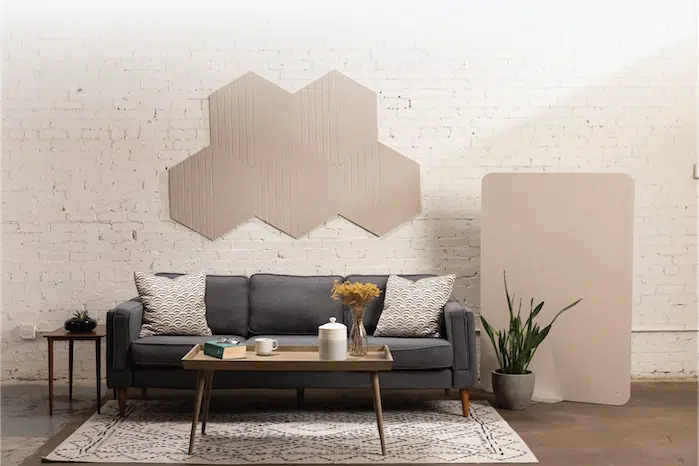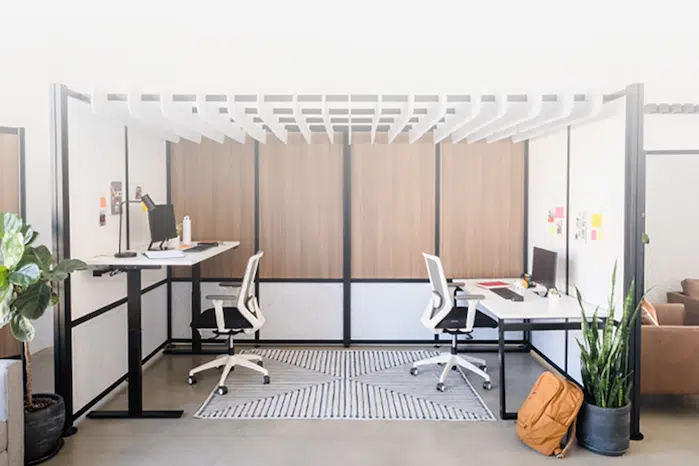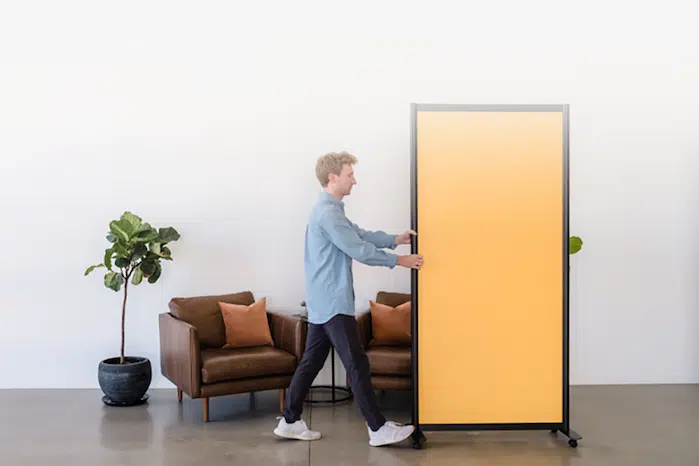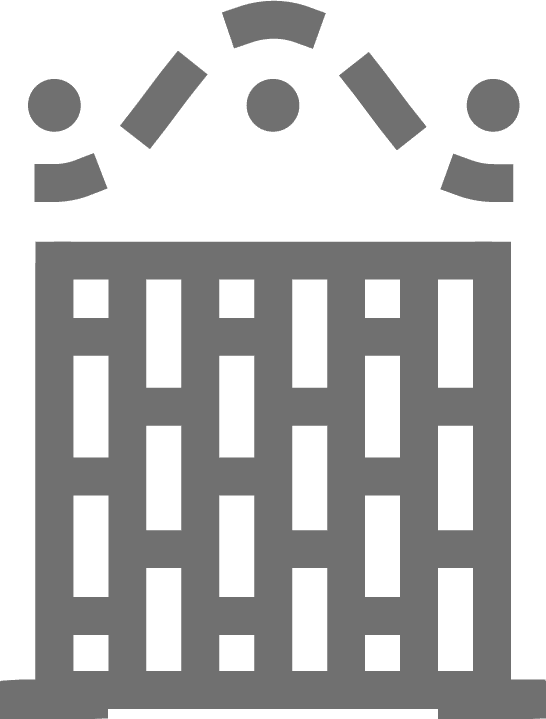Distractions are no joke – they can cost companies millions of dollars. But too many people think distractions can simply melt away by popping in some AirPods. It isn’t that simple, and we’ve got some science to back that up. Unfortunately, it isn’t that simple. So unplug and listen up. Privacy is a complicated topic and we’re holding our world back by continuing to only address the acoustical properties of privacy.
Our friends at the Wall Street Journal (trust us, we’re pals) paint a clear picture with their piece on Why You Can’t Concentrate at Work. Sure, there is such thing as acoustical privacy – meaning that loud noises can distract you. It’s why it’s hard to focus on a call with your family doctor when you’re in the checkout line at the supermarket. But there are two other prominent types of privacy that people in the workplace often forget.
VISUAL PRIVACY
We think Doug the dog from Pixar’s Up is the perfect illustration of this concept. When you’re focusing on something, whether it is your work, a conversation, or solving a complex problem, things in your peripheral vision can obscure and distract you from completing the task. How do we reconcile this with the open office, where the emphasis has been on the flow of natural light and a clean line of sight throughout a space. It would seem that the idea of visual privacy and the open office are diametrically opposed, no?
TERRITORIAL PRIVACY
Often called proxemics, this is the term associated with how physically close you are to someone, your “proximity.” The acceptable proximity has to do with the type of activity you’re performing. Need an example? Think about how comfortable you are having a conversation with a complete stranger who is 8 inches from your face. Pretty awkward, right? But change that scenario to a conversation with your five year old about why we don’t flush mom’s iPhone down the toilet, and the proximity makes a lot more sense to get your point across.
This applies to the way we work as well. In collaboration scenarios, people are more comfortable working close together. Whether huddled around a table, a whiteboard, or in some secret idea laboratory, people who are working together towards a common task don’t mind being within 3 feet of each other.
But focus work? People need a lot more space for that. Edward T. Hall delved into this topic in his acclaimed book, The Hidden Dimension. The cliff notes version? When people need to focus, they need personal space. The modern office just isn’t equipped for that.
We’re passionate about understanding the types of privacy and ways we can solve the problems of the modern office. That’s why we commissioned our own Continuing Education (CEU) course on the topic. We can’t make space work better if we don’t understand that different ways people actually use space. Do you wish you had the building blocks to solve some privacy issues in your own office? This may help.
Alright, time to take off the headphones and start doing work that matters.























